Have you ever wondered how amethyst, one of the world’s most beloved gemstones, is made? From its stunning violet hue to its diverse geological sources, amethyst has captured the hearts and imaginations of people throughout history. In this section, we will delve deeper into the fascinating origins of amethyst, exploring its formation, composition, and unique properties.
Key Takeaways:
- Amethyst is a popular gemstone known for its distinct purple color.
- The formation of amethyst involves complex geological processes over millions of years.
- Amethyst is made up of various minerals and elements, including quartz and iron.
- Amethyst is sourced from locations around the world, including Brazil and Uruguay.
The Formation of Amethyst
Have you ever wondered how amethyst, with its vibrant purple hue, is created? The process begins with the formation of its mineral structure, which is known as quartz. Quartz is one of the most common minerals on Earth, and it forms when silicon and oxygen molecules combine in a specific way.
But what sets amethyst apart from other forms of quartz is its purple color. This hue is created by the presence of iron and manganese within the quartz crystal lattice. As the crystal grows and forms, these elements become trapped within, leading to the distinct shade of purple that we know and love.
The creation of amethyst takes place deep within the Earth’s crust, where high temperatures and pressure provide the perfect environment for quartz to develop. Over time, as the surrounding rock erodes away, the amethyst crystals are brought to the surface and can be mined for use in jewelry and other decorative purposes.
The Formation of Amethyst:
| Mineral Structure | Purple Color Formation | Environment for Creation |
|---|---|---|
| Quartz | Presence of iron and manganese within the quartz crystal lattice | Deep within the Earth’s crust, with high temperatures and pressure |
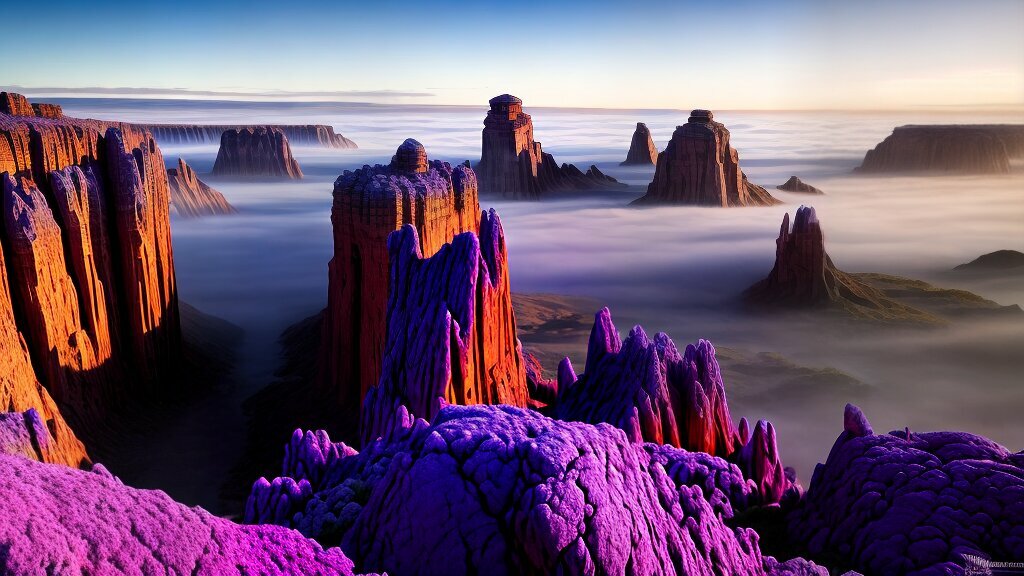
Now that you know more about how amethyst is formed, you can appreciate the beauty of this gemstone even more. Its journey from the depths of the Earth to the hands of jewelers and collectors is a testament to the natural wonders that exist within our planet.
The Composition of Amethyst
Amethyst is a type of quartz that is made up of silicon dioxide. Its purple color is due to the presence of iron and manganese within the crystal structure. Amethyst can also contain other impurities, such as calcium, lithium, and titanium, which affect its color and clarity.
The color of amethyst can vary from pale lilac to deep purple, and it is often found with white quartz or citrine. In some cases, it can also have bands of color, creating a unique and striking pattern.
| Element | Percentage in Amethyst |
|---|---|
| Silicon | 30% |
| Oxygen | 53% |
| Iron | 12% |
| Manganese | 2% |
| Other impurities | 3% |
While amethyst is a relatively hard mineral with a rating of 7 on the Mohs scale, it can still be prone to scratches and chips. It is recommended to handle amethyst with care and avoid exposing it to extreme temperatures and household chemicals.
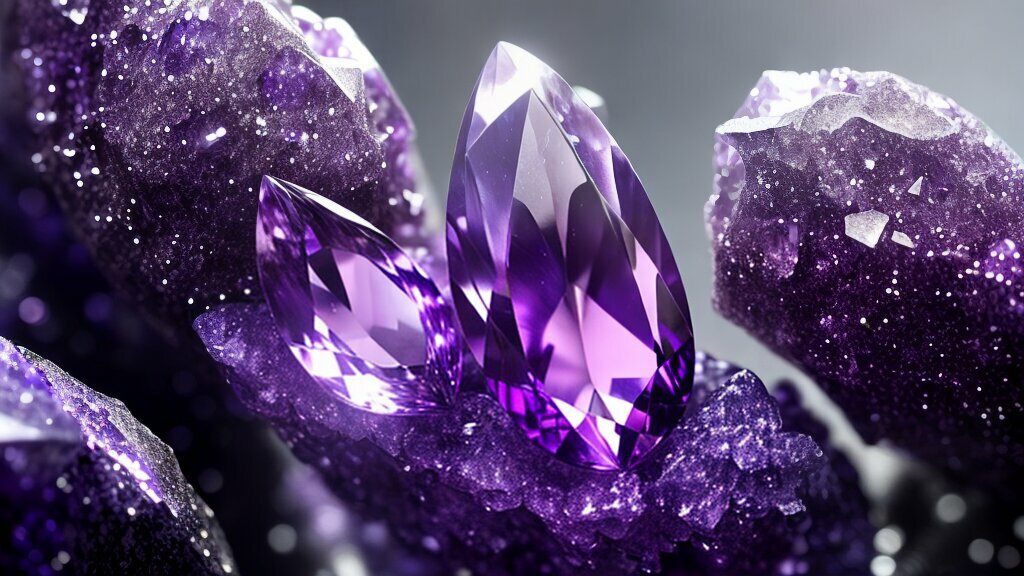
“Amethyst is a type of quartz that is made up of silicon dioxide. Its purple color is due to the presence of iron and manganese within the crystal structure.”
Amethyst Mining and Sources
If you’re curious about where your favorite gemstone comes from, look no further. Amethyst is found all over the world, but some locations are better known for producing high-quality amethyst than others. Brazil is the largest producer of amethyst, accounting for more than half of the world’s supply. The amethyst mined in Brazil comes in a range of purples, from pale lilac to deep violet, and is highly sought after.
In Uruguay, amethyst is commonly found in geodes, which are hollow rocks lined with crystals. These can range from a few inches to several feet in size and contain clusters of amethyst crystals. The amethyst from Uruguay is known for its deep, rich color and is often used in high-end jewelry.
Africa is also a significant source of amethyst, with Zambia producing some of the most prized specimens. The amethyst from Zambia is known for its intense purple color and often has red and blue flashes.
Other notable locations for amethyst mining include Canada, Russia, and the United States. In the US, the Four Peaks mine in Arizona is known for producing high-quality amethyst prized by collectors and jewelry makers alike.
When purchasing amethyst, it’s essential to consider where it was sourced. Pay attention to any certification or documentation that accompanies the stone, as this can provide valuable information about its origins and quality. By choosing amethyst from a reputable source, you can be confident that you’re getting a high-quality gemstone with a unique history.
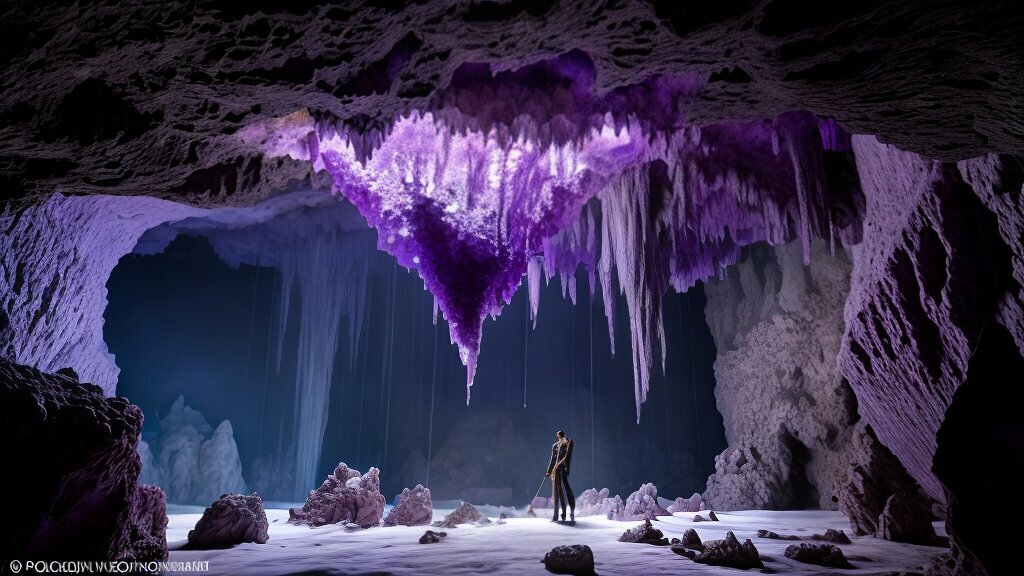
The Historical Significance of Amethyst
Now that you know everything there is to know about amethyst, let’s take a look at its historical significance. This beautiful gemstone has been highly valued for centuries, and its regal purple hue has captured the imagination of people throughout history.
Ancient Greeks believed that amethyst could ward off the effects of alcohol, and they even made drinking vessels out of the stone in an attempt to prevent drunkenness. Amethyst was also used in jewelry and amulets, and it was believed to have healing properties that could protect against illness and negative energy.
Conclusion
As you can see, amethyst is a truly fascinating gemstone that has captured the hearts of people around the world for centuries. From its formation to its mining and historical significance, there is so much to learn about this mystical stone. Whether you’re a collector, a jewelry designer, or just a fan of beautiful gems, amethyst is definitely a stone worth exploring.
FAQ
Q: How is amethyst made?
A: Amethyst is formed through geological processes that involve the crystallization of quartz in the presence of iron impurities. Over time, these impurities give the quartz its distinct purple color, creating the beautiful gemstone known as amethyst.
Q: What is amethyst made of?
A: Amethyst is primarily composed of silicon dioxide, the mineral quartz. It also contains trace amounts of iron, which is responsible for its purple hue. Additional elements and minerals may be present in varying amounts, depending on the specific geological conditions during its formation.
Q: Where is amethyst found?
A: Amethyst is found in various locations around the world. Some of the best-known sources include Brazil, Uruguay, Madagascar, Zambia, and Russia. These regions have rich deposits of amethyst and are known for producing high-quality specimens of this gemstone.
Q: How long has amethyst been around?
A: Amethyst has a long history and has been revered for centuries. It has been found in archaeological sites dating back to ancient civilizations, such as the Egyptians and Greeks. Its beautiful purple color and spiritual symbolism have made it a cherished gemstone throughout human history.
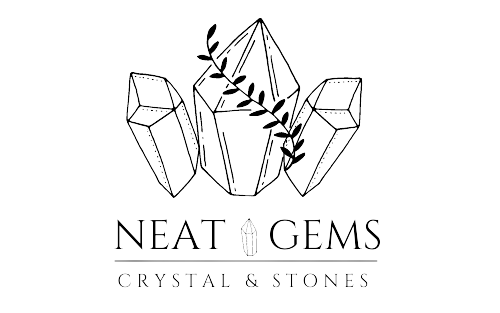
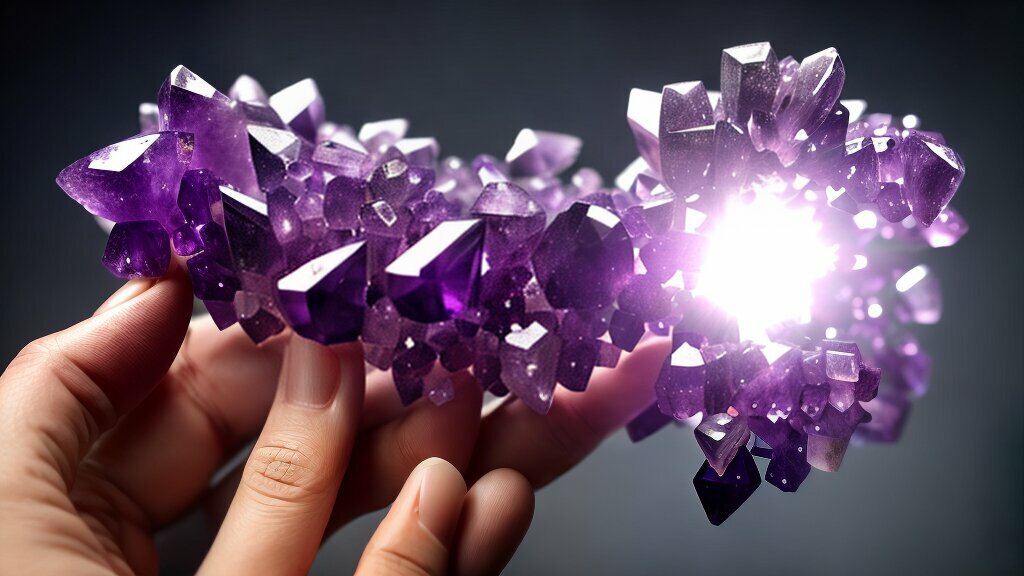
Leave a Reply